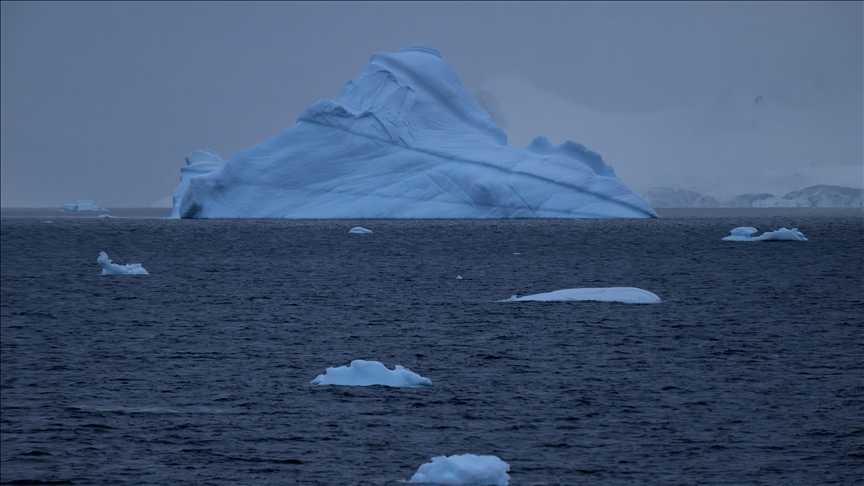Scientists using AI to unlock secrets of Antarctic seafloor
Machine learning cuts image analysis time from hours to seconds, allowing real-time discoveries in Antarctica, says British survey team

LONDON
New artificial intelligence (AI) technology is transforming how scientists study the remote and fragile ecosystems of the Antarctic seafloor.
Researchers at the British Antarctic Survey have developed a tool that can identify animals in seafloor photographs and videos in just seconds – a process that previously took several hours per image.
The breakthrough means scientists can now analyze images in real time on research vessels, helping them decide which areas of Antarctica need special protection. The region’s seafloor is home to more than 94% of all known Southern Ocean species, many found nowhere else on Earth.
“This new AI technology will massively speed up how marine biologists analyze the data they collect,” said Cameron Trotter, a machine learning research scientist for the survey, said in a statement.
“Before we developed this tool image analysis was performed by hand, taking up to eight hours per photo. By having the AI work alongside the human experts, we can cut this down to a few seconds per photo.”
The model was trained on high-resolution images taken from Germany’s polar research ship, the RV Polarstern, in the Weddell Sea.
Trotter said the pictures used to train the AI were “packed full of weird and unusually shaped animals, often living on top of each other, some of which have never been seen before.”
By learning from 100 expertly labelled images, the AI can now identify many common Antarctic seafloor creatures such as starfish, corals, sponges, and fish.
“This is a game-changer for the way in which we analyze the seafloor, unlocking vast quantities of data crucial for the conservation of Antarctic ecosystems,” said co-author Rowan Whittle, a paleobiologist at the survey.
Researchers are now using the technology to process over 30,000 images from the Antarctic Peninsula and Weddell Sea — work that could lead to new species discoveries and provide vital data to help protect this vulnerable environment, especially in the face of rising temperatures and climate change.


